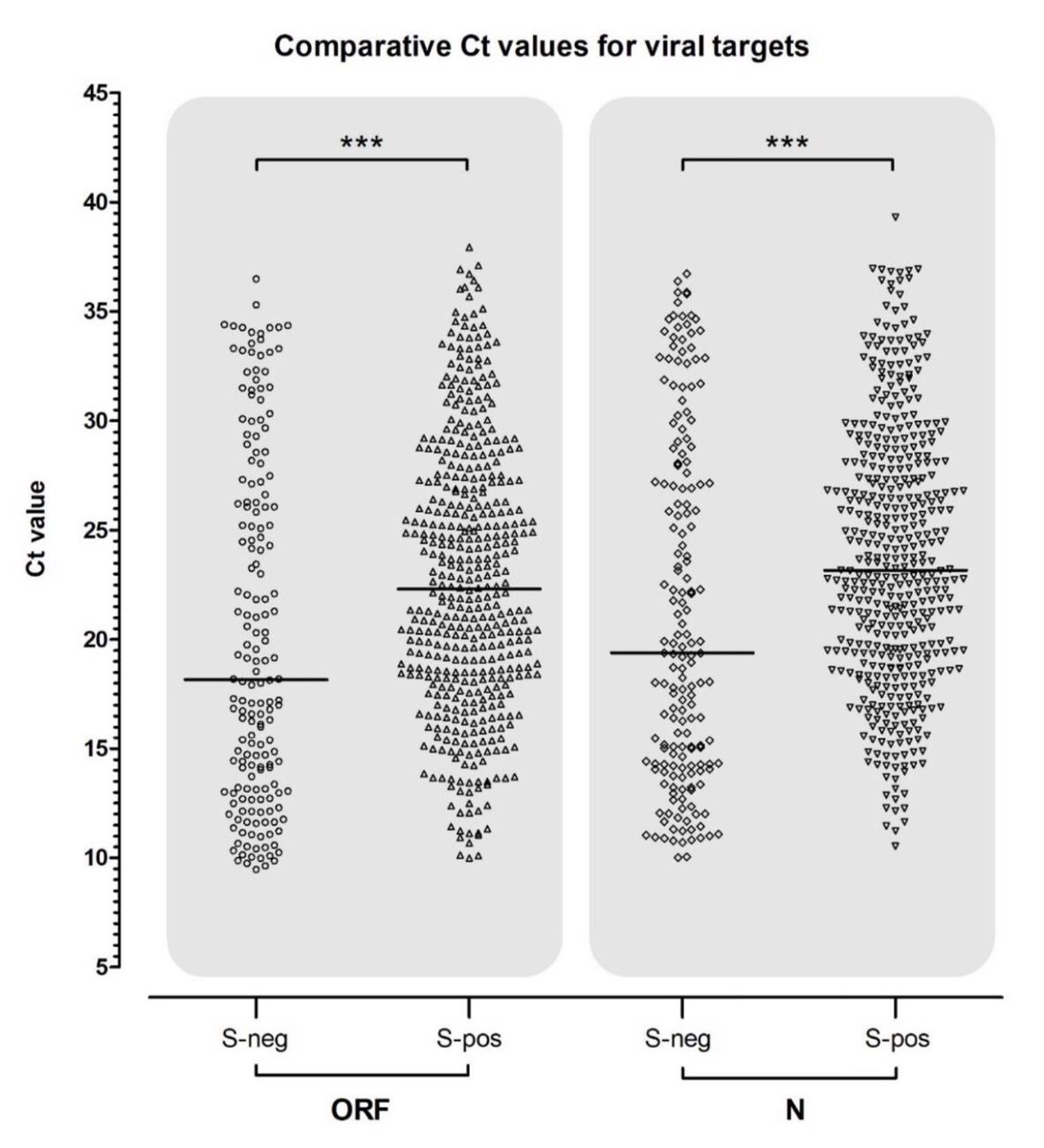
I see people quite excited about a study of households in Wuhan, which suggested children and teenagers were less likely to get infected, but more likely to transmit than adults. However, there are some odd things about it, and I’m sceptical. Read on...
thelancet.com/journals/lanin…
thelancet.com/journals/lanin…
The first issue, is that many people were not tested unless they had symptoms.
We know that children are more likely to be asymptomatic than adults and, lo and behold, children and teenagers were less likely to be tested than adults in this study.
We know that children are more likely to be asymptomatic than adults and, lo and behold, children and teenagers were less likely to be tested than adults in this study.

The study was conducted between 2 December 2019 and 18 April 2020.
Prior to 23 February, testing was often symptom-based. Over 80% of cases occurred before this date, and just under half of contacts were not tested.
Prior to 23 February, testing was often symptom-based. Over 80% of cases occurred before this date, and just under half of contacts were not tested.

Supporting this, an unusually low proportion of secondary cases were asymptomatic.
Proportion asymptomatic by age:
0-19: 8.6%
20-39: 5.4%
40-59: 4.1%
>=60: 3.1%
Proportion asymptomatic by age:
0-19: 8.6%
20-39: 5.4%
40-59: 4.1%
>=60: 3.1%
But strangely, the data look even more odd after 23 February, when contacts were tested regardless of symptoms.
A greater proportion of asymptomatic cases were found in adults, which is not what you’d expect.
Proportion asymptomatic by age:
0-19: 15.3%
20-39: 21.2%
40-59: 16.8%
>=60: 12.5%
Proportion asymptomatic by age:
0-19: 15.3%
20-39: 21.2%
40-59: 16.8%
>=60: 12.5%

In the text, the authors note that the “pathogenicity of infection in children and adolescents (84·7%, 76·0–91·2 [83/98]) resembled that of adults aged 40 years or older.”
How did this not raise eyebrows?
How did this not raise eyebrows?
This strongly suggests that many asymptomatic cases in children and adolescents went undetected in Wuhan, and casts doubt on the authors’ claim that children were less susceptible than adults.
It’s unclear what this means for the authors’ estimates of infectivity by age.
To be clear, I don’t doubt that infected children can and do infect their household contacts, but this study doesn’t help us better understand the risk.
Unfortunately, I don’t think this study adds anything new.
All we can draw from it, is that children and adults get infected with SARS-CoV-2, and they also transmit it to their household contacts.
All we can draw from it, is that children and adults get infected with SARS-CoV-2, and they also transmit it to their household contacts.
We need better household studies, ideally prospective in nature, in which serial testing of all household contacts occurs.
Such studies should also take exposure into account. For example, by presenting attack rates for spouses of adult index cases separately from those of non-spouse adults.
Failure to do this makes differences in child and adult attack rates difficult to interpret.
Failure to do this makes differences in child and adult attack rates difficult to interpret.
• • •
Missing some Tweet in this thread? You can try to
force a refresh









